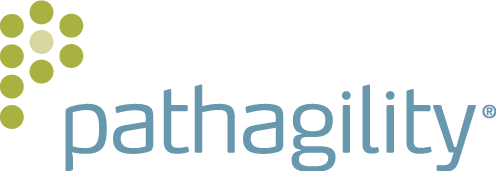If the past few years have been any indicator, healthcare in 2016 (and maybe especially in the lab) will be fraught with change and will present many opportunities for those innovating in the face of those changes.
“As laboratory professionals, our focus on quality begins by looking inward at our operational processes from specimen collection to result reporting, but the application of this work is then externalized, sent to the ordering physicians and applied to their patients,” said Irwin Rothenberg MBA, MS, MT(ASCP) in a recent post. “The way we perform and report our work, and its effect on patient care, ultimately affects the greater community. This we already know, and it is one of our strongest motivators to maintain the best quality possible. But what we may not see as clearly is how changes in the world around us are constantly impacting our own work environment, challenging established routines and time tested views of our profession.”
As Irwin emphasized in his post, changes in healthcare are all around us and are simply unavoidable – especially for lab professionals. So how can your lab keep up with the changing environment while ensuring your referring physicians and the end patient remain at the center? We’ve come up with 3 Resolutions for 2016 along with advice you can implement now to help meet your goals:
Resolution 1: “I resolve to create a central environment for my data”
As a lab executive, you need a central laboratory reporting solution (LIMS) that will adapt across any type of test, device or laboratory to provide your lab, referring physicians and patients with the enhanced reporting that innovative labs now require. In addition, today’s advanced labs need a platform that can easily integrate with other existing systems such as EMRs, LIMS, billing systems, lab instruments, and middleware to ensure that all data is available in one single, secure location.
When all lab data is stored in a central environment, it allows lab staff to act quickly and with supreme accuracy when creating reports or compiling data for referring physicians or groups. With fewer interruptions, lab staff can stay focused on the important tasks before them. Platforms like Pathagility can provide complete visibility and improve efficiency by helping to manage workflows through a simple and easy-to-use interface.
Resolution 2: “I resolve to institute low cost ways to improve reporting for our referring physicians and groups”
While there are many low cost ways to improve output for physicians and increase the value your lab can provide, one way you can immediately impact value to physicians is to streamline reporting and increase the number of tests and case types that your reporting software can handle.
Advanced laboratories need the ability to adapt to changing technology and provide interpretive reporting across existing and emerging tests. Platforms like Pathagility, which can serve as a lab’s LIMS or Interpretive Reporting Software – or both, can dramatically increase the output while simplifying reporting. Out of the box, Pathagility provides “Case Types” for Toxicology, Pharmacogenetic (PGx), Anatomic Pathology (AP), Cystic Fibrosis, Wellness, Infectious Disease and other types of Molecular Diagnostic (MDx) testing.
Use Case:
For one Pathagility customer, the lab’s former in-house system was only able to analyze 50 tests across toxicology and PGx. With Pathagility, the lab is now able to analyze over 95 different tests – with the ability to analyze even more as the lab continues to expand testing.
The team is now able to format reports by any number of factors, including case types. Previously providing two separate reports to referring physicians and groups, Pathagility now allows the lab to create just one easy to interpret visual report. In addition, the team can now work alongside marketing to rapidly integrate unique logos and color for each group it serves for branding purposes.
Resolution 3: “I resolve to understand how a strong cloud-based technology can increase efficiency”
Innovative labs are committed to leveraging new technology to help their teams work smarter, faster, and communicate better – both for the benefit of the lab, as well as the patient experience. These labs need complete visibility and improved communication across their workflows and processes.
If your lab is currently using multiple systems independently, consider consolidating or integrating technologies to allow for greater efficiency and communication across all lab technology. Platforms like Pathagility can be set-up as a stand-alone LIMS or work in conjunction with existing systems to make all data visible in one location.
“While change brings up thoughts of new tests, new instruments, new procedures, and more training, it can also require conceptual reorientation of what we are achieving,” said Rothenberg.
But in 2016, our labs should strive to ensure that even with the great technological advances the healthcare landscape is seeing, that the physician and patient remain our primary focus with the goal of delivering premier care.
For more information on how your lab can gain complete control, check out this recent Pathagility resource:
To learn more about how Pathagility can help your lab establish best practices, request a 30-minute demo.

